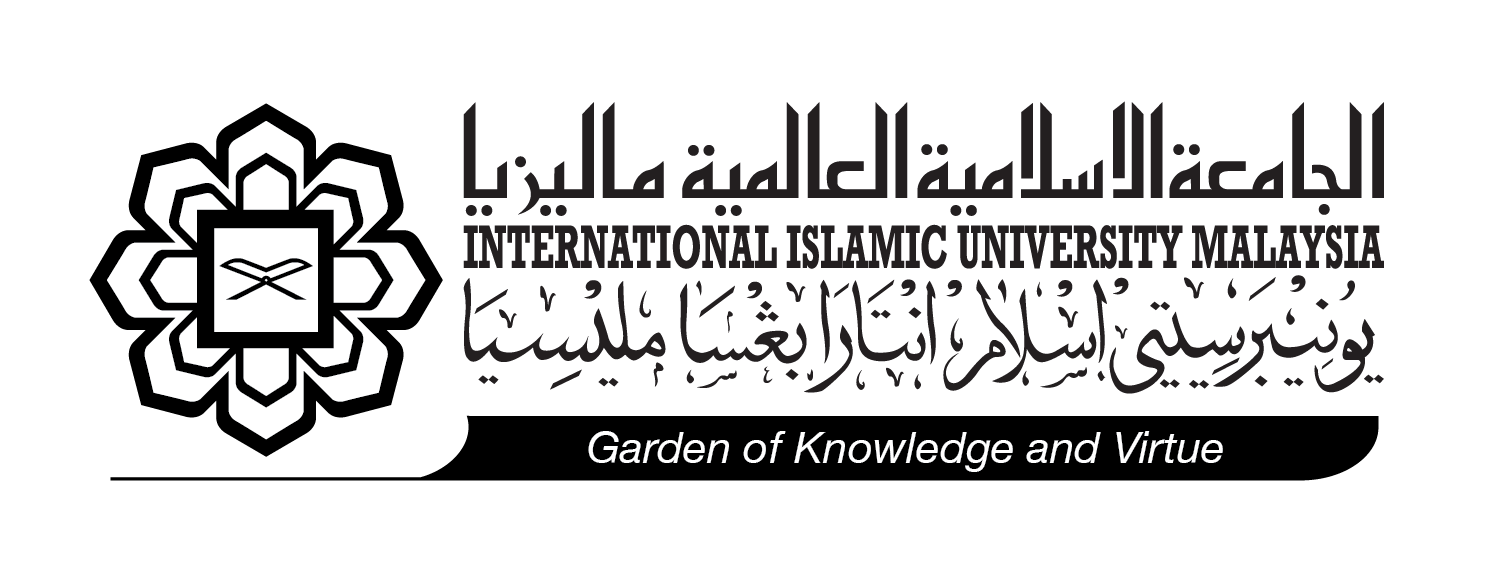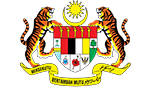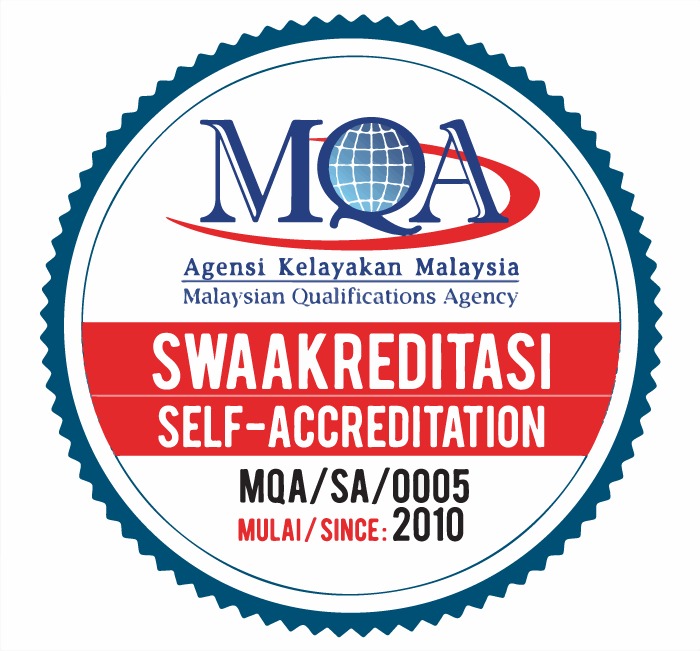Berita

The moral of Si Tanggang's tale rings true in Belagavi
Tarikh : 21 September 2019
Dilaporkan Oleh : Roslan Bin Rusly
Kategori : News
Tweet This
By Dzulkifli Abdul Razak - -
NOT many Malaysians today can relate to Si Tanggang. And many more are probably not able to identify where Belagavi is, more so the relationship between the two.
The former is because it is an old Malay folklore, and many of them are fast falling into oblivion. As for Belagavi, it is the official name of Belgaum, located near Bangalore (now Bengaluru) in India.
This raises the question: what has Si Tanggang got to do with the place? What was he doing there?
Well, it all started with a campus where Universiti Sains Malaysia (USM) started its “off shore” medical campus in Belagavi (a city in the southwest Indian state of Karnataka), in partnership with the local Karnataka Lingayat Education (KLE) University there a decade ago in 2009.
It was spurred by the need to cope with the heightened demand from qualified medical applicants for places at the USM Medical campus in Kelantan.
Broached by KLE, the idea was quickly realised when the USM-KLE International Medical Programme (IMP) was set up to become the pride of both institutions with a difference. Thus far it has graduated almost 500 students who were fully integrated with their fellow alumni from the Kelantan campus.
Both cohorts have undergone an innovative integrated medical curriculum and training experience with a significant educational shift from the traditional form of training. It is no wonder that IMP is recognised by both the Malaysian Medical Council and the Medical Council in India. USM adopted the integrated approach since its inception in 1989.
That said, the USM-KLE graduates have other distinct characteristics to show. Not only are they professionally trained in their own right, they are also community oriented.
Notably, having to serve rural India which can be markedly different from rural Malaysia in many respects. It was not unusual for them to go out of their way to be engaged with the population that is way below the poverty level relative to that on the home front.
For example, basic sanitary issues can be more challenging with meagre resources and facilities which reportedly often involved cleaning the toilets as such.
This is no doubt a humbling experience that must be highlighted as something “positive” to instil a sense of gratitude that is usually taken for granted, at least at home where cleaning toilets is a no-no by and large.
Otherwise, it could be “therapeutic” in that it helps to infuse a dose of vital virtues like sympathy, empathy and even compassion — all very aptly required for the medical and health professionals. More so when aligned to the medical ethics as envisaged by Hippocrates since the days of the ancient Greeks. As such, the students came out more matured and resolute in bringing healthcare to the needy and marginalised.
That was not all. Many of them were able to speak the local dialect called Kannada for communication, let alone using their English fluency. Some were even able to sing and dance the local cultural tempo quite confidently, apart from rendering their own Bollywood versions.
This was apparent during the recent 10th anniversary celebration at the KLE University campus which was ably organised by the students, as a closure to an intense two-day long academic seminar in conjunction with the event.
Indeed, this was the time when Si Tanggang made his grand entrance by way of an impressive stage performance, all in English, confidently rolled out by the students with creative props and all.
The message and moral of the story came out clearly when it all tragically ended with Si Tanggang, his consort as well as crew on the majestic ship turned into “stone” as a result of being an affront to his mother despite her constant reminder to not forget his humble beginning.
What all this tells us, unlike Si Tanggang, is that the students were well-grounded in their pursuit to be not just medical doctors, but global citizens with Malaysian values at heart.
In other words, they were not siloed or fixated to their areas of studies, while being disconnected with the social realities they were in. In contrast, they were immersed in making their educational experience more rewarding beyond just for the purpose of earning a “living”.
Rather, they were equally concerned with the search for the real meaning of “life” — a lesson well learnt from the Si Tanggang episode!
For this the USM-KLE collaboration seems to have nurtured a very sensitive new generation of professionals with a very bright future ahead of them. Kudos to them all!
The writer, an NST columnist for more than 20 years, is International Islamic University Malaysia rector
Source; https://www.nst.com.my/opinion/columnists/2019/09/523082/moral-si-tanggangs-tale-rings-true-belagavi








